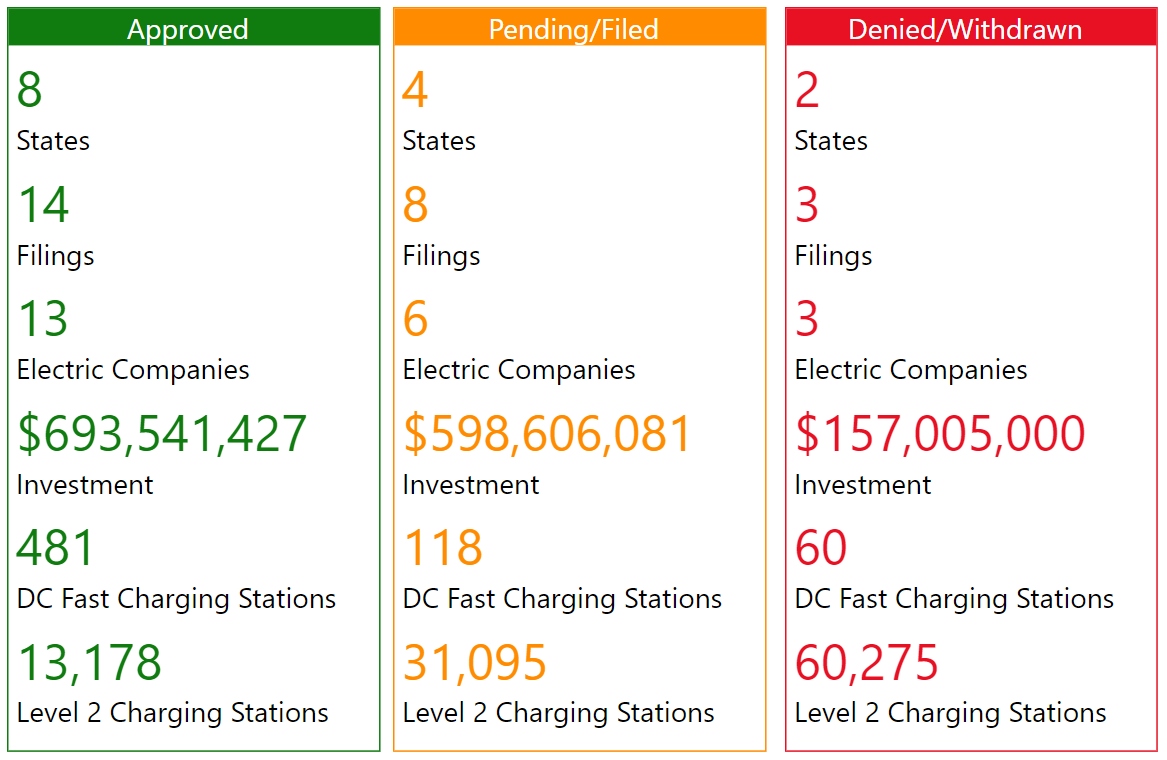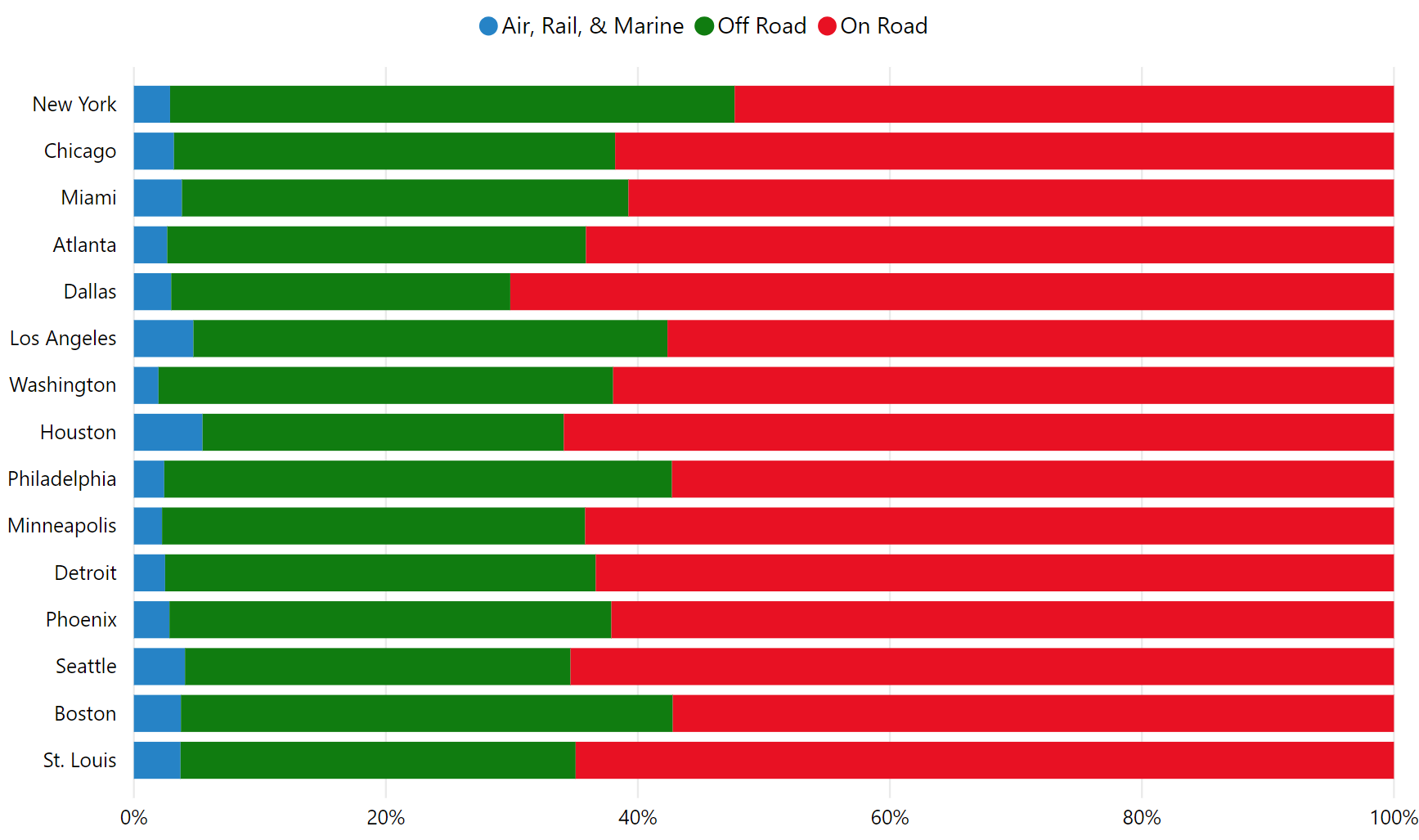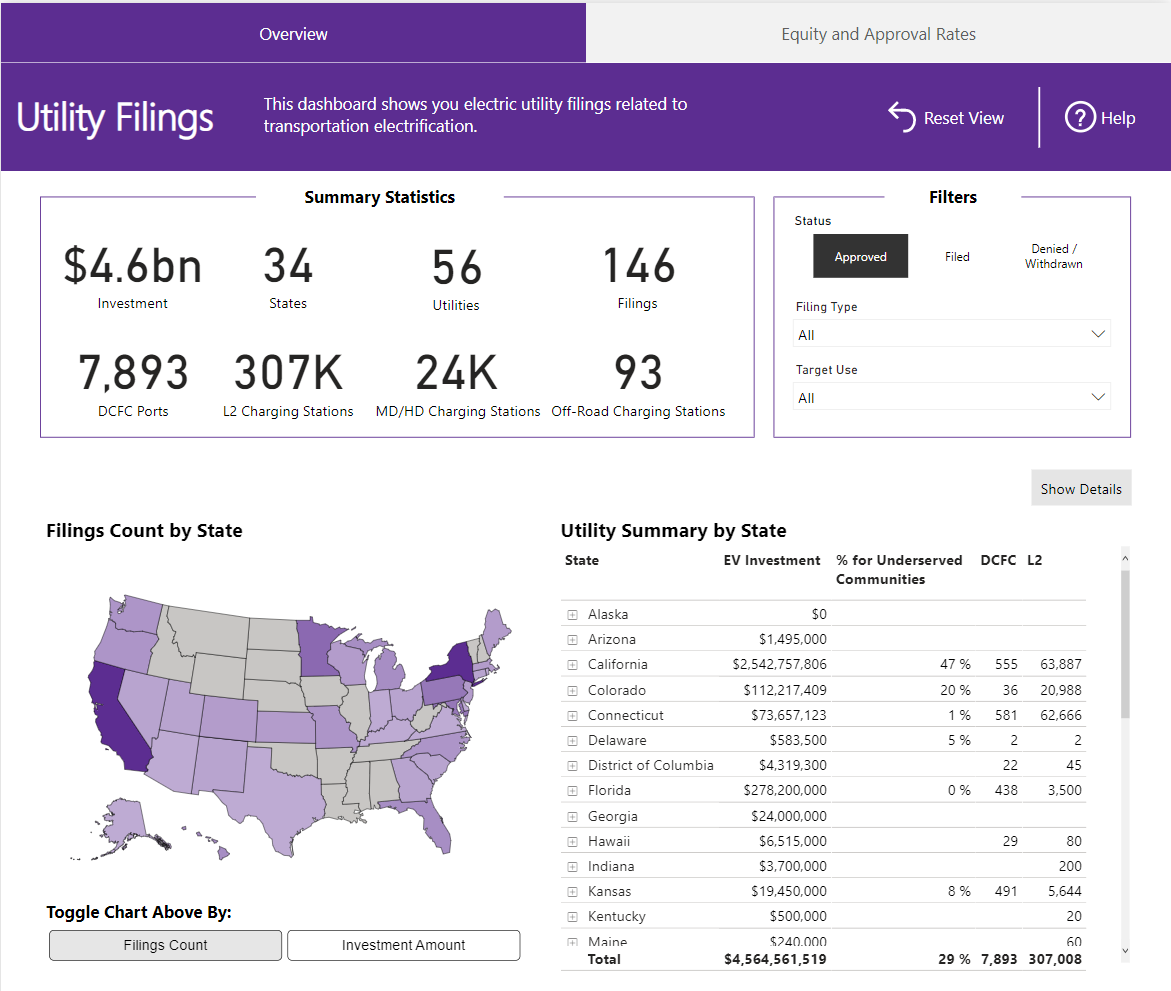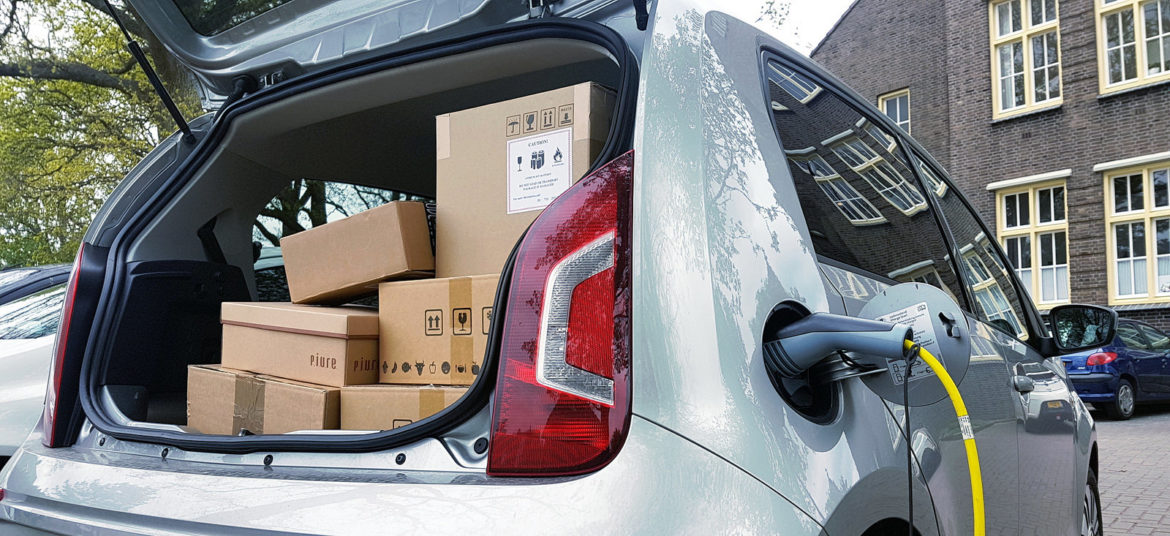Public policies and programs aimed at expanding electric mobility options in disadvantaged communities (DACs) are gaining more attention as transportation equity enters the mainstream at major industry convenings, such as this year’s Roadmap, an annual gathering of policy leaders working to advance transportation electrification.
In Oregon where the conference is held, policymakers are encouraging EV adoption in disadvantaged areas through the state’s Clean Vehicle Rebate Program, which offers an increased rebate to low- and moderate-income drivers for the purchase or lease of a new or used all-electric vehicle. This is just one example of state policy that supports electric utility and private investment with a focus on increasing the accessibility and inclusivity of transportation electrification efforts. California’s Clean Vehicle Rebate Project also offers higher rebates for lower income consumers and includes an income cap on those who qualify for the program.
State EV incentive programs are one example of how stakeholders are marshaling resources to increase the accessibility and inclusivity of electric transportation. Utilities also have a central role to play in bringing EVs to communities that might not otherwise have access through investments in charging infrastructure.
The Edison Electric Institute notes that “electric companies are well-positioned to provide access to disadvantaged communities” by addressing the lack of charging infrastructure, which is one of the primary barriers to EV adoption. Given their integral role in the energy system utilities can help expand the use of EVs across multiple modes of transportation, including trucks and buses in addition to passenger cars, which disproportionately benefits people in DACs (as we discuss below).
The total amount of electric utility investment in DACs remains unclear. The Utility Filings Dashboard tracks use targets for utilities, although not all of the money in programs including an equity focus is allocated to DACs. This creates a data hole, which complicates the assessment of utility engagement in transportation equity. The EV Hub team is ramping up efforts to fill these holes and present a more comprehensive picture of utility engagement in DACs.
Utility-Funded Charging Infrastructure
The Utility Filings Dashboard shows that DACs are included as a use target in approved programs valued at almost $700 million through 2019. Almost 90 percent of approved investment including an equity focus is occurring in California. As noted above, exact DAC investment figures are not readily available. But with almost $600 million in additional pending investment with some focus on DACs, utilities have the opportunity to significantly increase their role in supporting the deployment of EV charging in these communities.
ELECTRIC UTILITY FILINGS INCLUDING SOME FOCUS ON DACS THROUGH MAY 2019
There has been significant investment made by electric utilities in programs targeting DACs, with a large majority occurring in California. These are topline numbers for total program funding and many programs do not indicate how much funding will be allocated to DACs.
Source: Utility Filings Dashboard
While the data is still incomplete, preliminary results from EV infrastructure pilots approved for California’s three largest investor-owned utilities in 2016 show that efforts to expand charging infrastructure in DACs have so far been largely successful.
According to an April filing by Southern California Edison, 50 percent of all charging ports installed under the utility’s Charge Ready program went into DACs. San Diego Gas & Electric celebrated last fall that 32 percent of customers who signed site agreements under the Power Your Drive program were based within DACs – far exceeding SDG&E’s initial 10 percent target. Through the third quarter of 2018, Pacific Gas & Electric had deployed 27 percent (or 38 ports) in DACs.
Other utility programs have had a slower start. In Washington D.C., Pepco is urging the Public Service Commission to reconsider a recently rejected proposal that allocated 20 percent of two charging infrastructure programs valued at $1.2 million to DACs. The commission refused to accept portions of Pepco’s proposal citing a desire to encourage more private investment in the sector. Pepco asserts that private competition is not enough on its own, arguing that the competitive market has not served DACs effectively to date.
Existing utility programs have yielded mixed results. Duke Energy is one of 14 utilities across 11 states that target DACs with their transportation electrification investment. Their $8 million pilot in Florida included a 10 percent carve out of charging stations for DACs. Due to low utilization in Florida, the company has not made specific allocations for DACs in their recent $76 million proposal in North Carolina. Instead, Duke and other utilities have solicited feedback from the environmental justice community on other interventions to support transportation equity across their programs.
Medium- and Heavy-Duty Electrification
Charging infrastructure access is only one aspect of the transportation equity issue. The electrification of trucks and buses that serve DACs constitutes a core focus for environmental justice groups advocating for more equity in transportation.
Duke Energy has accepted input from these groups and adapted their programs to target school and transit bus electrification in their North Carolina program as another way to address the disproportionate share of emissions borne by DACs. According to the Utility Filings Dashboard, 16 utilities in 14 states have been approved to invest more than $590 million in programs including some focus on bus and truck electrification.
Emissions from off-road vehicles and equipment are another challenge facing low-income communities. According to the EV Hub’s new Transit Dashboard, pollution from off-road vehicles and equipment account for more than 25 percent of all transportation pollution in the 15 metro areas with the most mobile source emissions.
OFF-ROAD MOBILE SOURCES ARE A MAJOR CONTRIBUTOR TO METRO AREAS WITH THE GREATEST TRANSPORTATION POLLUTION
This figure shows the distribution of mobile source emissions from the 15 regions with the greatest mobile source emissions among the top 50 largest metro areas in the United States, according to the U.S. Environmental Protection Agency. Off-road emissions account for more than 25 percent of total mobile source emissions in all regions.
Source: Public Transit Dashboard
Off-road electrification has not been a core focus of utility programs so far, and only California utilities have been approved to invest in programs including a focus on off-road electrification. This increases the importance of public funding in the sector, although off-road electrification projects have only received 27 percent of the total $590 million in transportation electrification funding tracked in the Public Funding Awards dashboard. More than 95 percent of this is located in California and is allocated through the California Climate Investments program.
Public Engagement
Public funding isn’t only needed for specific cases like off-road vehicles; it has a role to play in virtually all aspects of expanding transportation electrification in DACs. As noted at the outset, states like Oregon and California are supporting DAC communities with EV rebate programs. But they are also doing going a step further.
California requires that 35 percent of chargers built through VW settlement funds to be located in DACs, and cities like Sacramento are increasing access to EVs through low cost EV ride sharing programs located around low-income housing. California’s Enhanced Fleet Modernization Program also offers rebates for vehicle trade-ins to qualifying low-income drivers.
There is no one solution to increasing transportation equity, and there is no single player. Rather, the collective push of these policies and programs – from utilities, public agencies and other stakeholders – stands to establish a new status quo that encourages the prioritization of accessibility and inclusivity in electric transportation. Over the next several months, the EV Hub team will be enhancing the way we collect and present data regarding transportation equity in our Utility Filings Dashboard to more accurately track electric utility engagement in this issue.
Learn More







